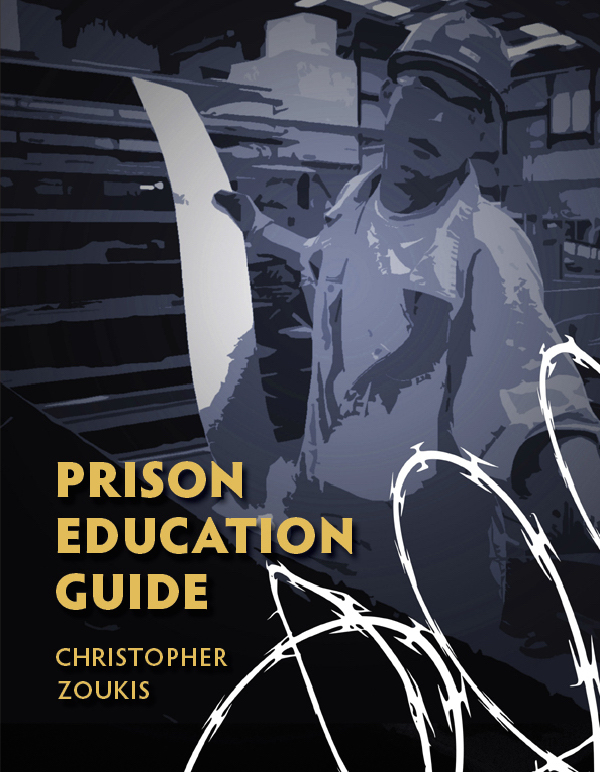Federal Judges Beginning to Reject Geofence Warrants
Such warrants are sometimes also called “reverse warrants” because they are like a normal warrant but in reverse. Normally, law enforcement officers (“LEOs”) have a suspect or specific details about a suspect, and they have some evidence that person committed a crime. They present this to a magistrate judge who then authorizes them to look for more conclusive evidence in very specific places.
In contrast, geofence warrants work backward from where a crime is committed, and LEOs then obtain an obscene amount of information on thousands of people in the hope they can sort potential suspects from that data. They then investigate those leads and apply for a normal warrant when they have amassed enough details to narrow it down to the person(s) they believe committed the crime.
Magistrate Judge David M. Weisman was called upon to authorize such a warrant after some pharmaceuticals were stolen. The government applied to obtain data gathered by Google (from the Android OS and Google apps installed on 97% of smartphones) on all the users in the area during the thefts. But the “area” covered over seven acres (nearly the area of Wrigley Field) in a “densely populated city,” near restaurants, a large residential complex, “various commercial establishments,” and medical offices.
And the request was non-specific, requesting “evidence or instrumentalities of” the listed offense. This vagueness requires Google to turn over everything it has on users in that area at those times.
In rejecting the warrant, Weisman said the search was overbroad, in that it swept far too many non-suspects up in the search. There could be potentially thousands or tens of thousands of people whose data would be leaked despite their complete non-involvement in criminal activity.
He also said the items to be seized (the data from Google) were not “particularly described.” Essentially, the government could get whatever data it wanted without any limit on the types of data or how long it would keep it.
When they left empty-handed, the LEOs rewrote the warrant application to be somewhat more specific and then tried to pass it by a different judge. Judge Gabriel Fuentes similarly excoriated the government’s attempt to “shop around” for a better outcome.
Fuentes relied on two U.S. Supreme Court cases for guidance in denying the warrant. The first is Carpenter v. United States, 138 S. Ct. 2206 (2018), where the Court said the “reasonable expectation of privacy” covers cell-site location information for any period over seven days. This means the government cannot get weeks or months of information about where you’ve been (at least from cellphone companies) as this exposes a lot of everyday, non-criminal, private behavior. Fuentes said this warrant, if granted even in its amended form, would expose location information on hundreds or thousands of people who have a right to keep their movements private.
The judge also cited Ybarra v. Illinois, 444 U.S. 85, 100 S. Ct. 338 (1979), where LEOs obtained a warrant to search a bartender and a bar, and they used that warrant to justify searching every person in the bar when they executed the warrant. The Supreme Court said this kind of search is exactly what the Fourth Amendment is meant to prevent. Techdirt.com described the geofence warrant as “allow[ing] the government to grab everyone in the area, seize their devices, and take a look at their location history.”
Fuentes said, in his decision denying the warrant, the government was trying “to sort through the location information ... of multiple people to identify the suspect by process of elimination” and that this “discretion is too great to comply with the particularity requirement” of the Fourth Amendment.
While the judges should be lauded for taking a stand to protect the rights of law-abiding citizens, what does it say about the hundreds or thousands of such warrants that are approved each year. We don’t know exactly how many are requested each year or how many of those are approved.
According to the Electronic Frontier Foundation, a group fighting for citizen rights in the technology sphere, Google has reported there was a 1,500% increase in geofence requests from 2017 to 2018, and a 500% increase from 2018 to 2019.
While Google might be the preferred source for this data, we don’t know how many other companies also have been ordered to process such requests. We also don’t know exactly why there has been such a dramatic rise in requests for this data. Is this legally dubious practice now the first option in an investigation where the suspect’s identity isn’t immediately apparent?
That these two judges have defied the government this time is a good sign, and hopefully, the beginning of a trend that concludes with the Supreme Court issuing a blanket rejection of these fishing expeditions in favor of protecting the privacy of citizens.
As a digital subscriber to Criminal Legal News, you can access full text and downloads for this and other premium content.
Already a subscriber? Login





